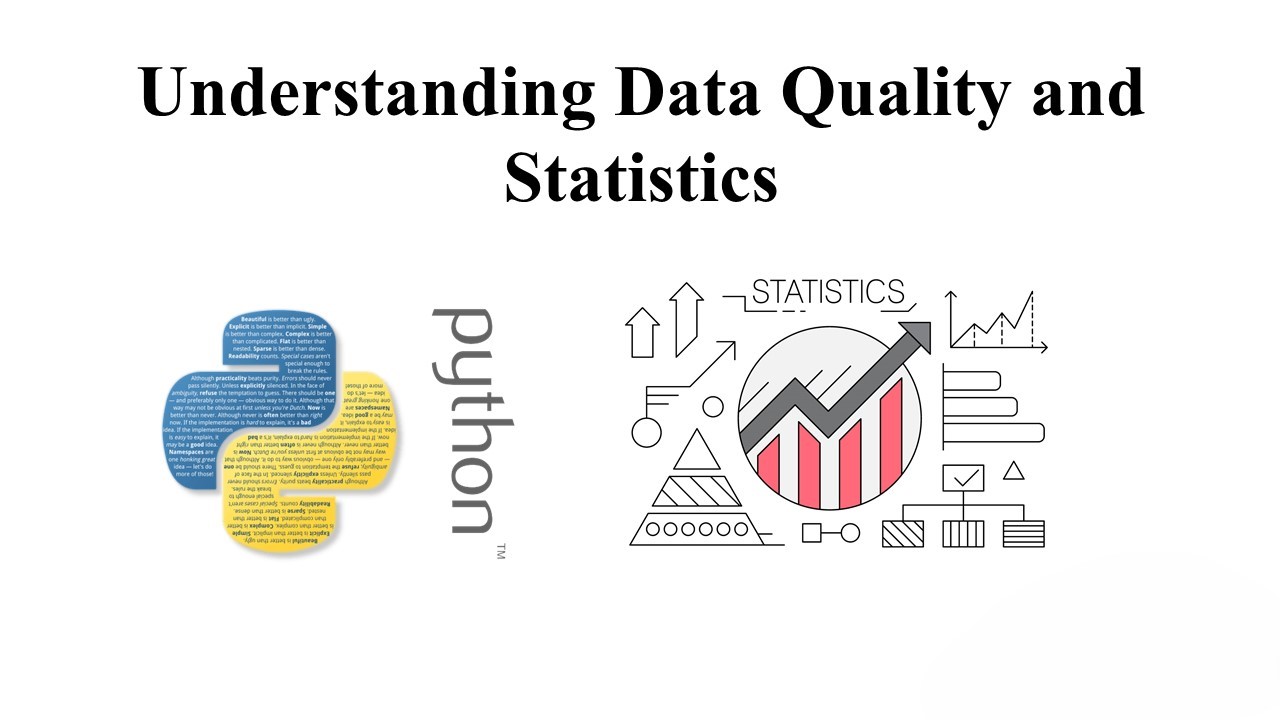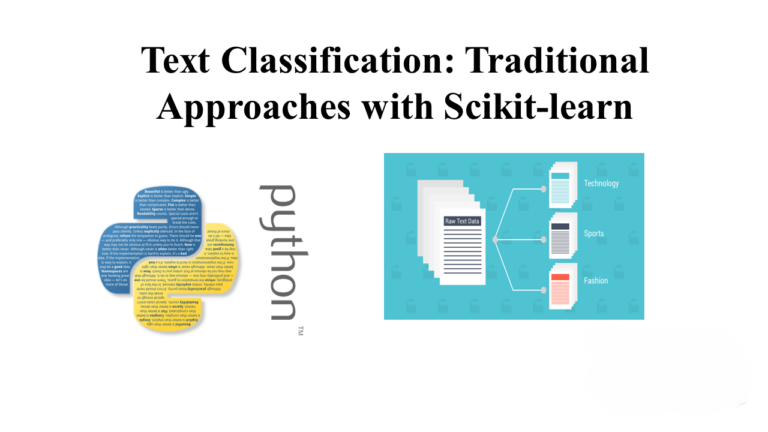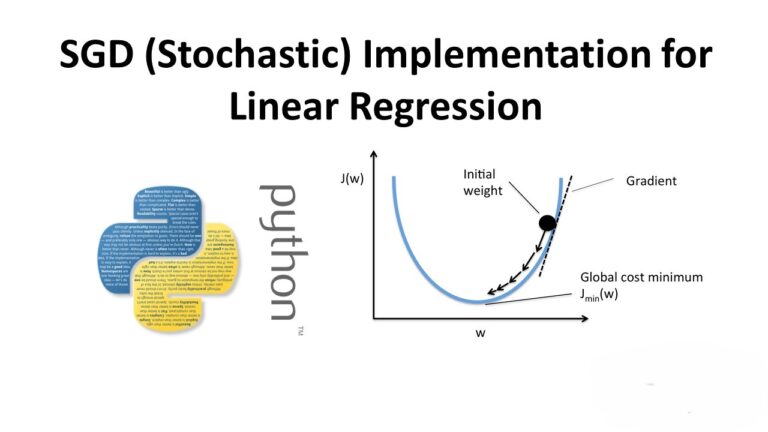Being Fluent in the Language of Data: Understanding Data Quality and Statistics
Data is the backbone of modern businesses, driving decision-making and strategy. However, working with data comes with its challenges, such as ensuring data quality and understanding the statistics that describe it. In this blog post, we’ll explore these concepts to help you become a proficient data translator.
1. Understanding Data Quality
Data quality is crucial for accurate analysis and decision-making. Here are some common issues and how to address them:
- Missing Data: Missing data can skew analysis results. Use techniques like imputation to fill in missing values.
- Duplicate Data: Duplicate data can lead to inaccurate insights. Perform checks to identify and remove duplicate entries.
- Outdated Data: Data becomes outdated over time. Establish a system to identify and update outdated data regularly.
- Inconsistent Data: Inconsistent data, like different spellings for the same entity, can be prevented by implementing standardized data capture processes.
import pandas as pd
# Sample data with missing values
data = {'A': [1, 2, None, 4, 5],
'B': [None, 2, 3, 4, 5],
'C': [1, 2, 3, 4, 5]}
df = pd.DataFrame(data)
# Handling missing data
print("Missing Data:")
print(df.isnull().sum()) # Check for missing values
df = df.fillna(df.mean()) # Fill missing values with mean
print(df)
# Duplicate data
print("\nDuplicate Data:")
duplicates = df.duplicated()
print(df[duplicates])
# Outdated data
print("\nOutdated Data:")
# Assume 'date' column indicates date of entry, and filter outdated data
# e.g., df = df[df['date'] > '2023-01-01']
# Inconsistent data
print("\nInconsistent Data:")
# Assume 'client_account' column should be standardized, and apply a function to correct inconsistent data
# e.g., df['client_account'] = df['client_account'].apply(standardize_function)
2. Statistics: The Language of Understanding Data
Statistics plays a crucial role in summarizing and describing data. Here are some key statistical concepts every data translator should know:
- Descriptive Statistics: Descriptive statistics summarize data, such as the mean, median, and mode. These statistics help understand the distribution of values in a dataset.
- Central Tendency: Measures like the mean, median, and mode help quantify the center of a dataset. Understanding these measures allows you to draw conclusions about the data distribution.
# Descriptive Statistics
print("\nDescriptive Statistics:")
print(df.describe())
# Central Tendency
print("\nCentral Tendency:")
print("Mean:", df.mean())
print("Median:", df.median())
print("Mode:", df.mode().iloc[0])
# Data Modality
print("\nData Modality:")
# Assume 'data' is a series or column in a DataFrame
modality = df['data'].mode()
if len(modality) == 1:
print("Unimodal")
elif len(modality) == 2:
print("Bimodal")
else:
print("Multimodal")
Practical Examples:
- Central Tendency: In a fictional class, the mean of Test B is 81, the median of Test C is 82, and the mode of Test A is 76.
- Data Modality: Understanding the modality of your data (unimodal, bimodal, multimodal) helps identify patterns and segments within the dataset.
Conclusion
Understanding data quality and statistics is essential for effective data translation. By ensuring data quality and mastering statistical concepts, you can become a proficient data translator, helping your organization derive meaningful insights from data.







